An all-new Mini – with five doors. A fifth-generation BMW M3 – with turbos. The rear-drive performance hero from BMW that was both cheaper than its bigger brother and more fun.
The best-handling SUV the world has ever seen. The all-new Lamborghini that didn’t really handle and the ‘speciale’ Ferrari that did. The Porsche 911 killer from nearby Mercedes-AMG. This year had the lot.
And yet every one of those landmarks fades into the background the instant you mention that one word: hypercar. The McLaren P1, Porsche 918 Spyder and LaFerrari have made 2014 so completely their own that no review of the road testing year can begin anywhere else.
When 2014 started, the 918 Spyder was the only car to which we knew for sure the term ‘greatness’ applied. A track drive in Europe in the Porsche late last year set the bar at a height that seemed almost unreachable at the time – as did the Porsche’s now-famous 6min 57sec lap of the Nürburgring Nordschleife.
But it was equally unthinkable that McLaren and Ferrari would fail to reach the 918’s mark – and they didn’t. Within a crazy couple of weeks in April we’d been let loose for first drives in both the P1 and LaFerrari. The Ferrari stunned editor-at-large Steve Sutcliffe into boundless praise, proving every inch the money-no-object dream machine we all imagined it would be.
But McLaren’s PR masterstroke was to hand us a P1 for a full road test within a matter of weeks. The British contender knocked more than a second off our all-time dry handling circuit lap record and earned itself a perfect five-star recommendation in one of Autocar’s biggest-selling issues of the year.
That wasn’t the end of the story, though. An identical full road test on the Porsche followed in October, during which the 918 proved itself to be not only faster from rest to 80mph than the P1 but also faster again around our dry handling circuit – by more than a second.
Sutcliffe’s 8 October twin test of the pair couldn’t separate them. “On some days only the P1 would suffice,” he memorably wrote. “On others it would be the other way around.” Even now, some at Autocar HQ prefer the singular purpose of the P1, others the more varied charms of the 918. So you’d have to have both. And, incredibly, plenty of owners will.
As for LaFerrari, no offer has yet materialised from Maranello to bring a car to the UK for a complete set of Autocar benchmark performance numbers. More importantly – and very regrettably – none is expected.
The P1 and 918 Spyder make up 66 per cent of a trio of cars that earned a five-star road test score this year. Fate’s sense of irony dictated that the third would be a Ferrari anyway: the awesome 458 Speciale.
In order to gauge the size of that achievement, look to the list of excellent new cars that narrowly missed full marks. The BMW i8, Jaguar F-Type coupé, Rolls-Royce Wraith, Volkswagen Golf R, Renault Mégane RS Trophy-R, BMW M235i, Nissan Qashqai, Mini Cooper S and Porsche Macan Turbo all scored four and a half out of five in 2014. On that list are outstanding class leaders, technological trend-setters and some of our personal smash hits of the year.

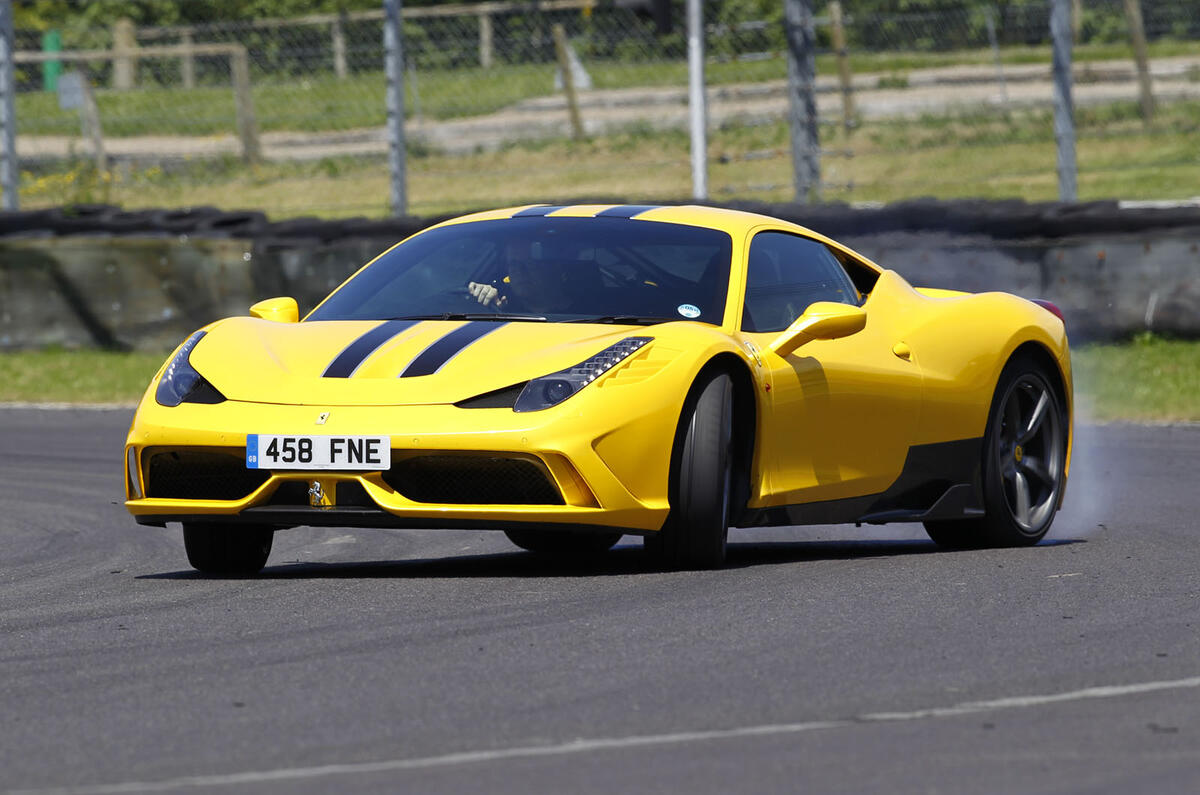
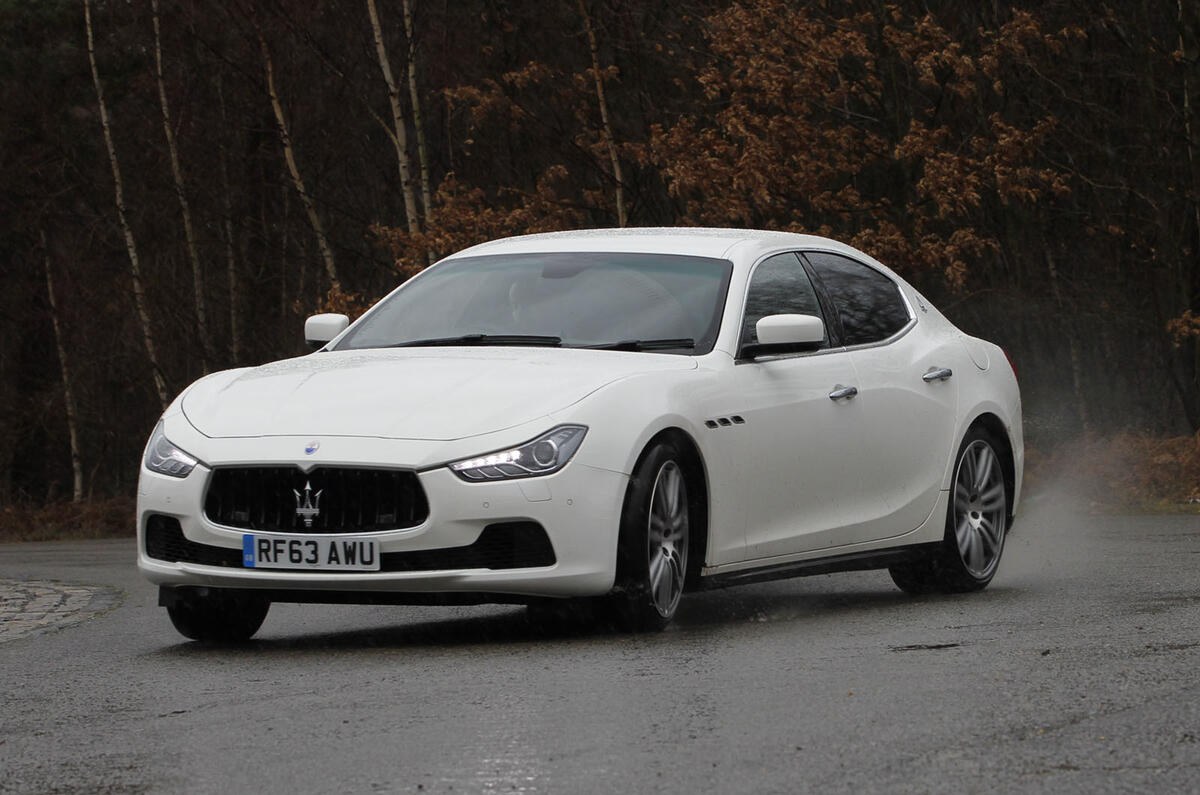
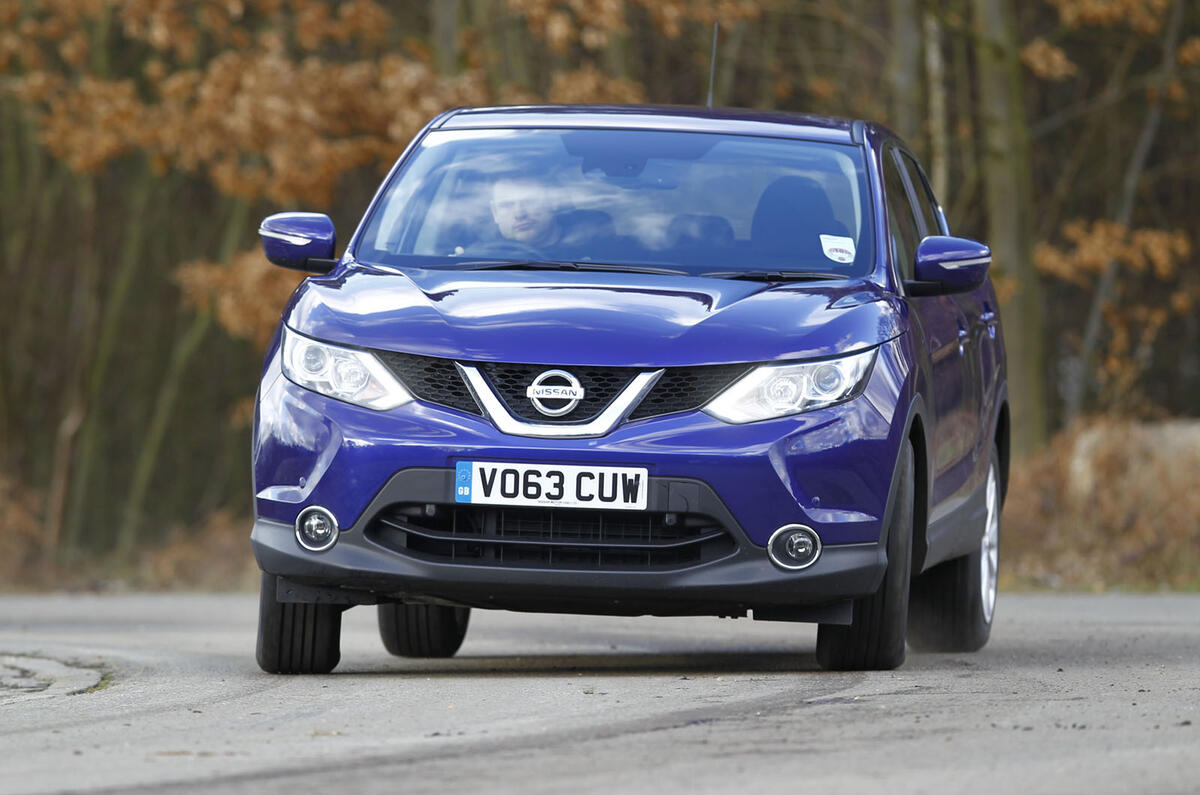
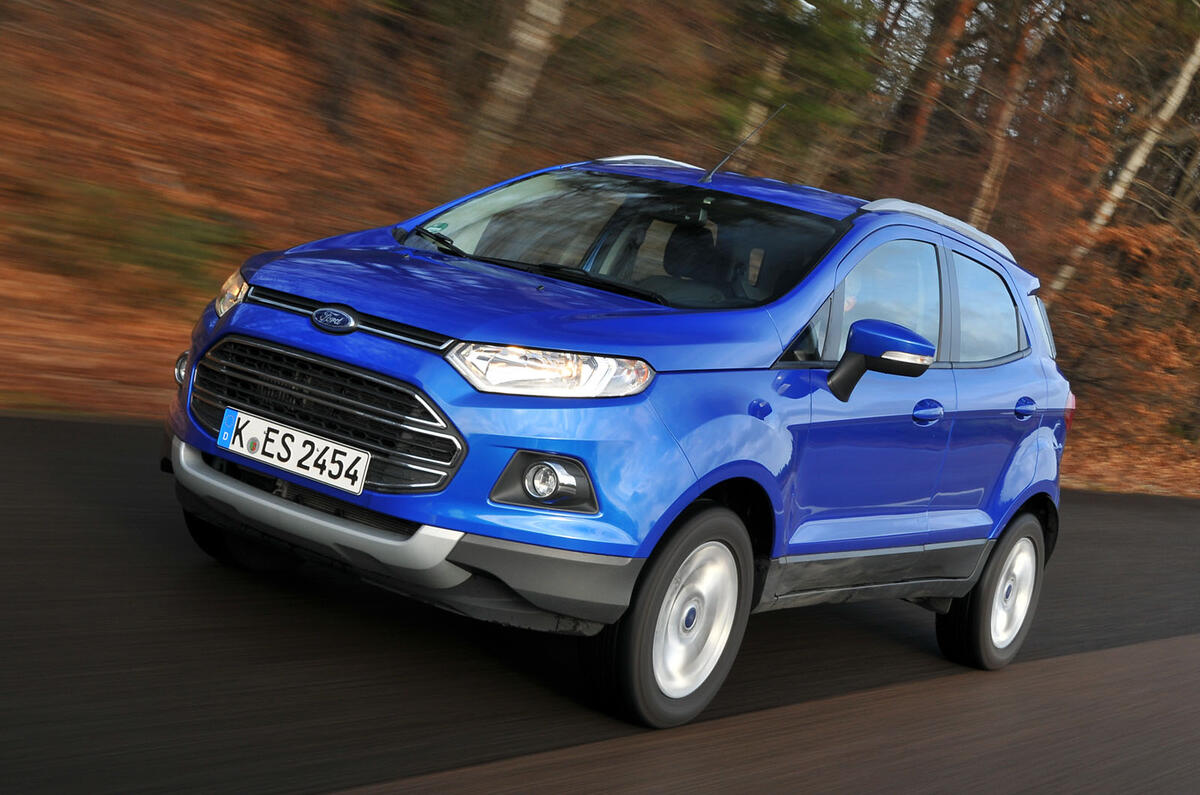
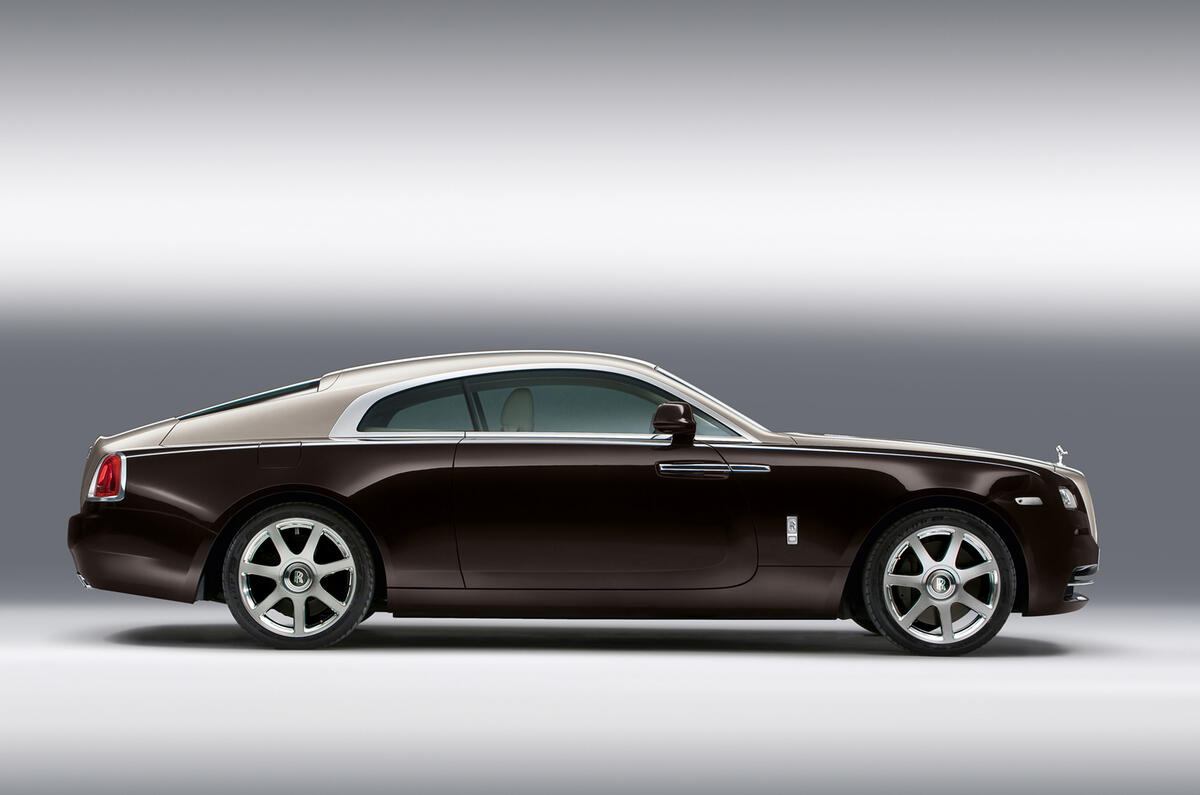
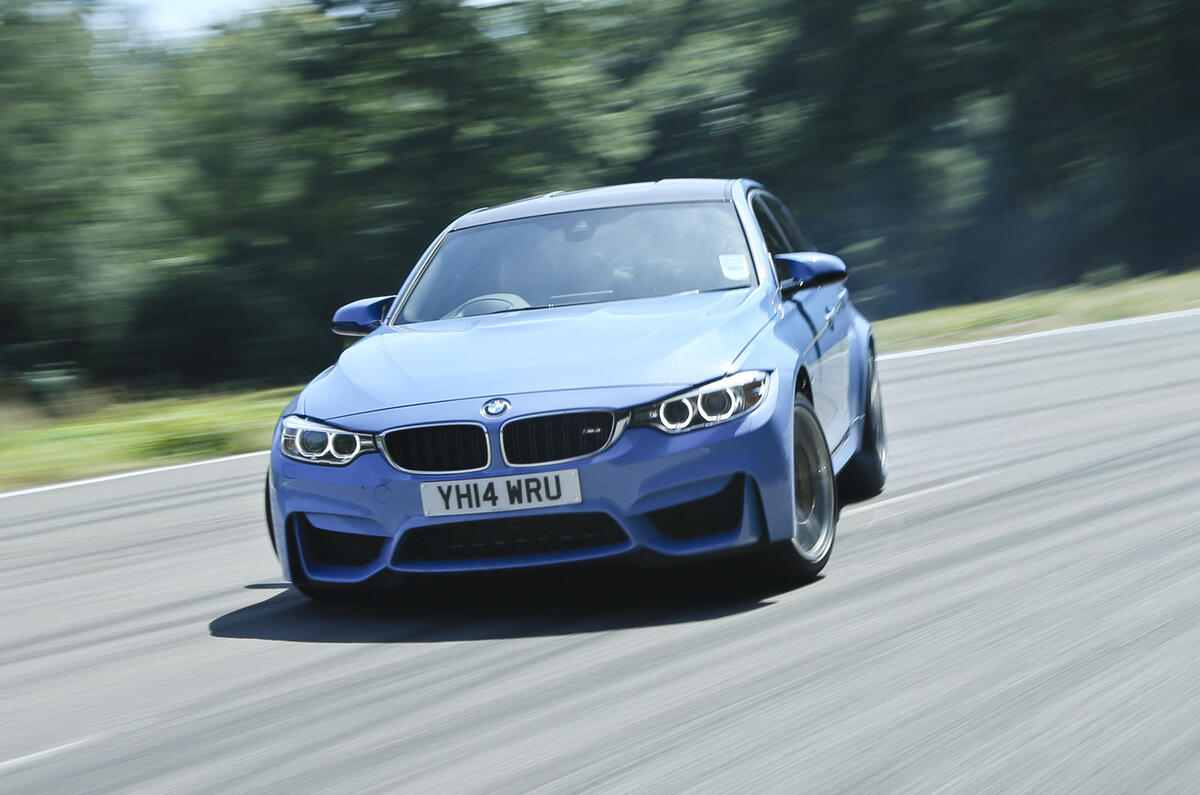
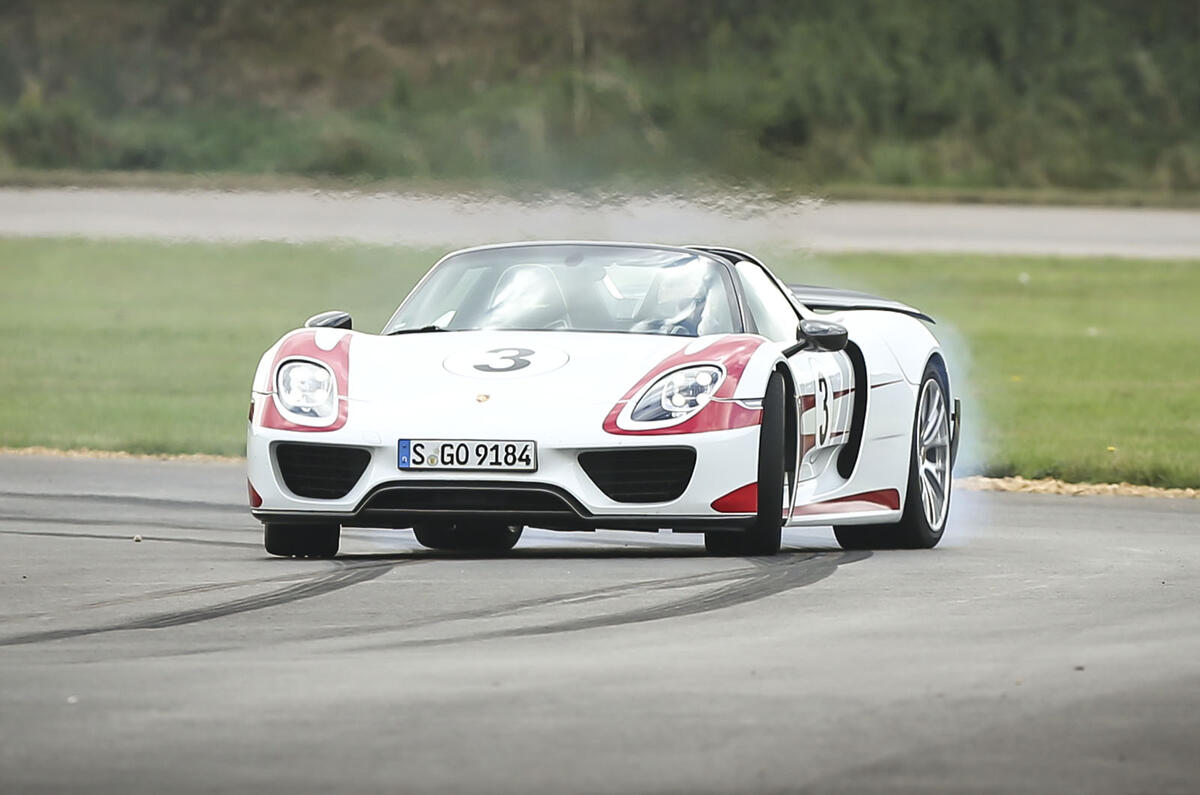
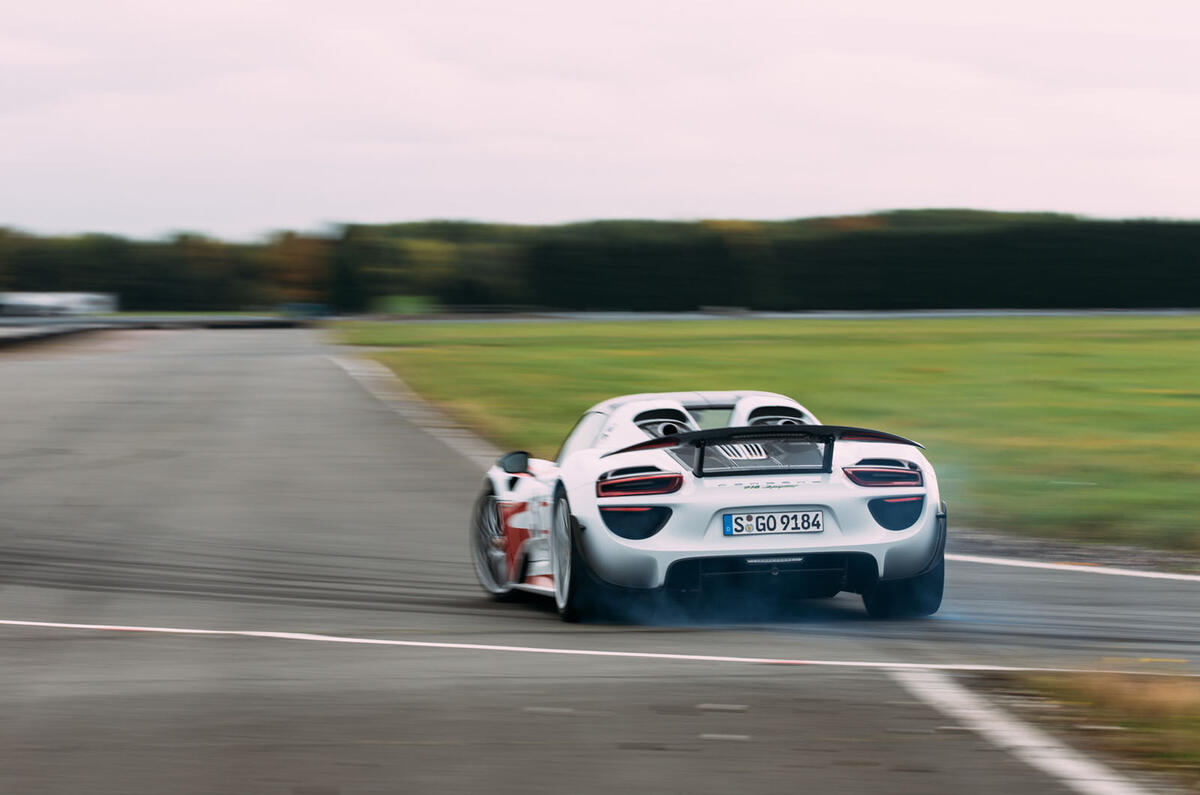
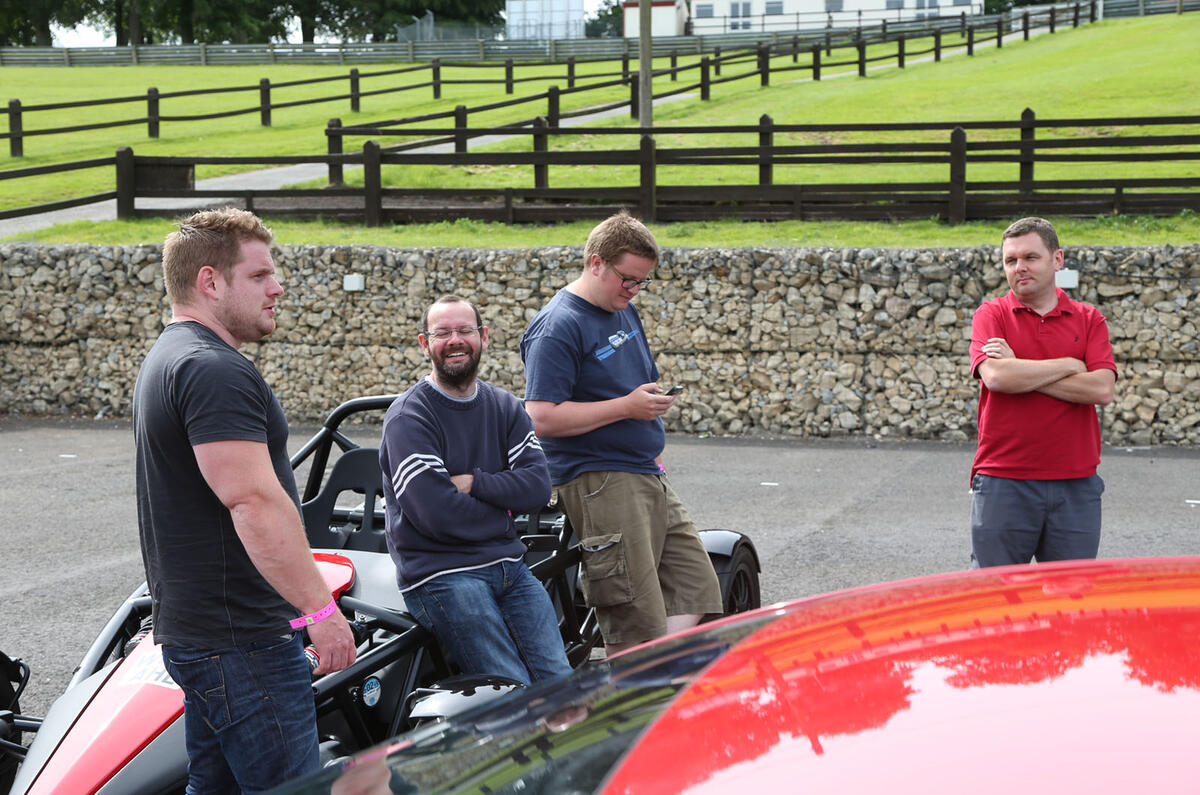

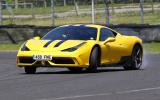
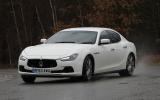
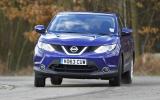
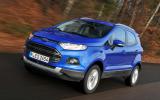


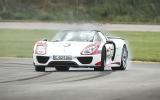


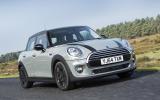






Add your comment